Introduction
Fast fashion, a term that has become synonymous with the rapid production and consumption of inexpensive, trendy clothing, has transformed the fashion industry in recent decades. While it offers affordability and a constant stream of new styles, the consequences of this unsustainable model are far-reaching and detrimental. In this blog post, we'll delve into the problems associated with fast fashion, backed by facts from reputable sources.
Environmental Impact
Wastewater Pollution:
According to the World Bank, the fashion industry is responsible for 20% of global wastewater, largely due to the toxic chemicals used in dyeing and finishing processes [1]. These pollutants can have devastating effects on aquatic ecosystems and human health.
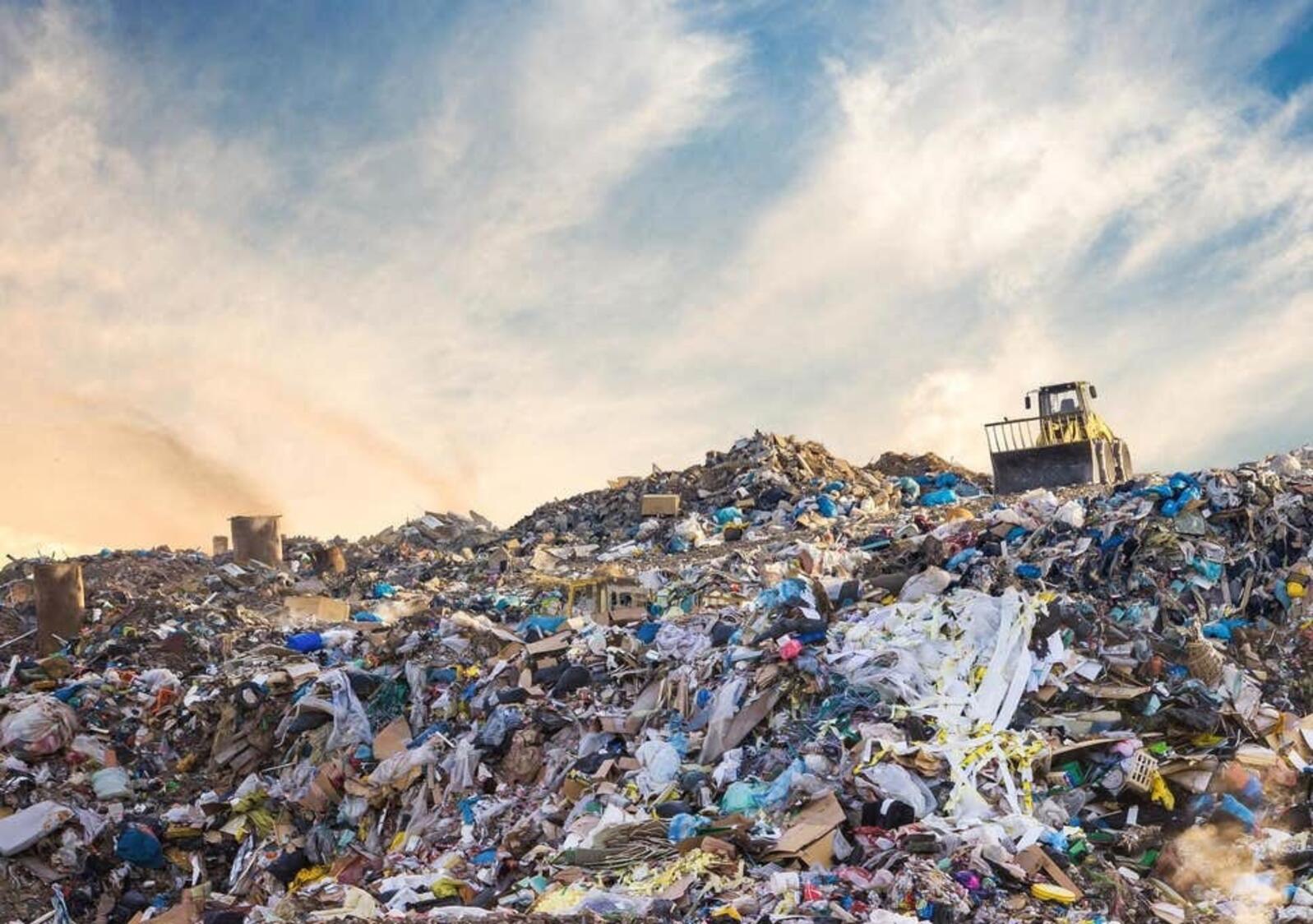
Greenhouse Gas Emissions:
The Ellen MacArthur Foundation reports that textile production generates more emissions than international aviation and maritime shipping combined [2].
Human Rights Violations
Exploitative Labor Practices:
The Fashion Revolution's Fashion Revolution Index reveals that many leading fashion brands fail to provide adequate information about their supply chain practices, making it challenging to trace the origins of the clothes and ensuring fair wages and working conditions [3].
Child Labor:
UNICEF estimates that 152 million children worldwide are engaged in child labor, with a significant portion working in the textile and garment industry [4].
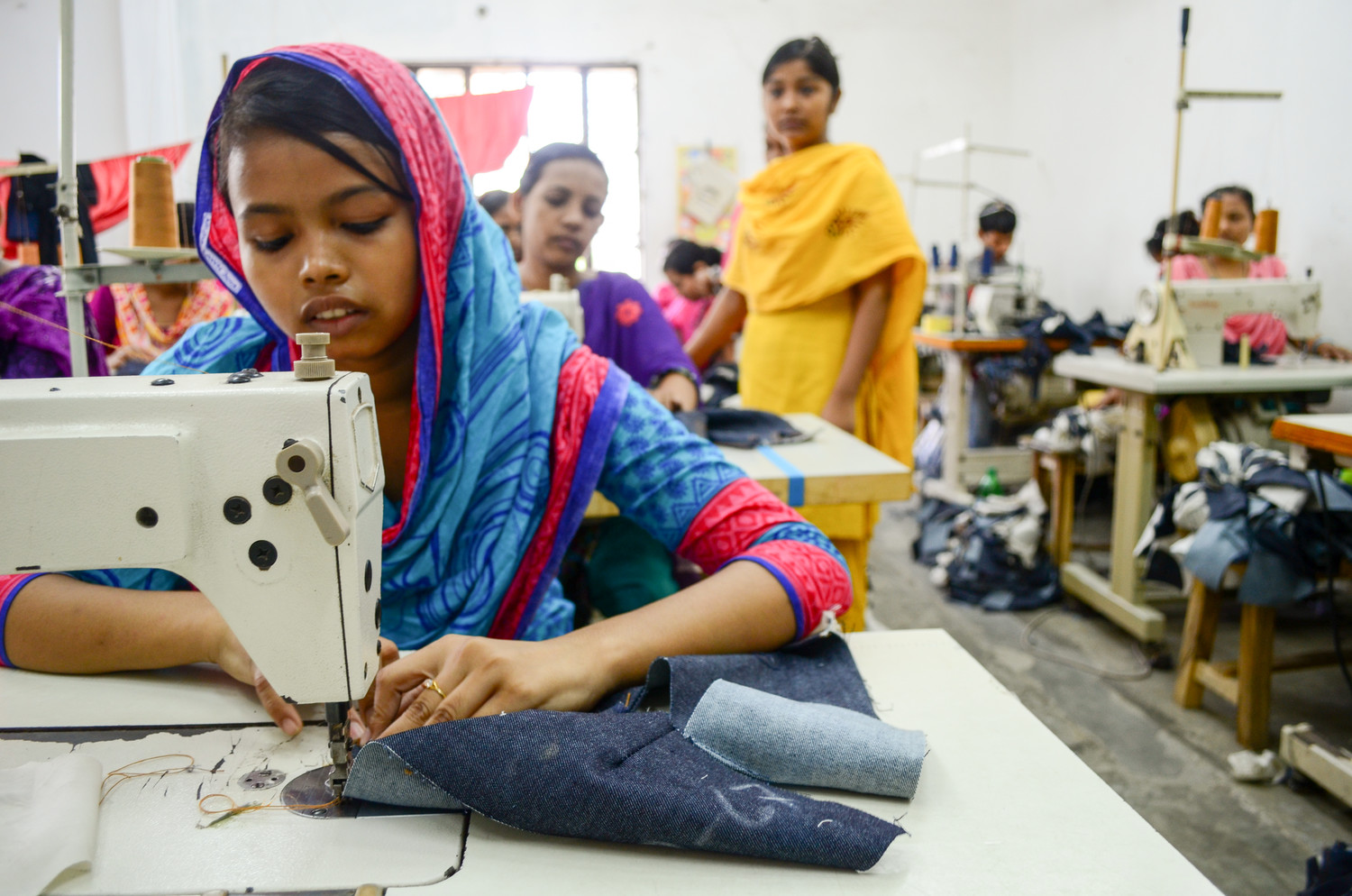
Overconsumption and Disposal
Disposable Culture:
The rise of fast fashion has led to a "throwaway culture," where garments are often worn only a few times before being discarded. The Environmental Protection Agency (EPA) estimates that 17 million tons of textiles end up in U.S. landfills each year [5].
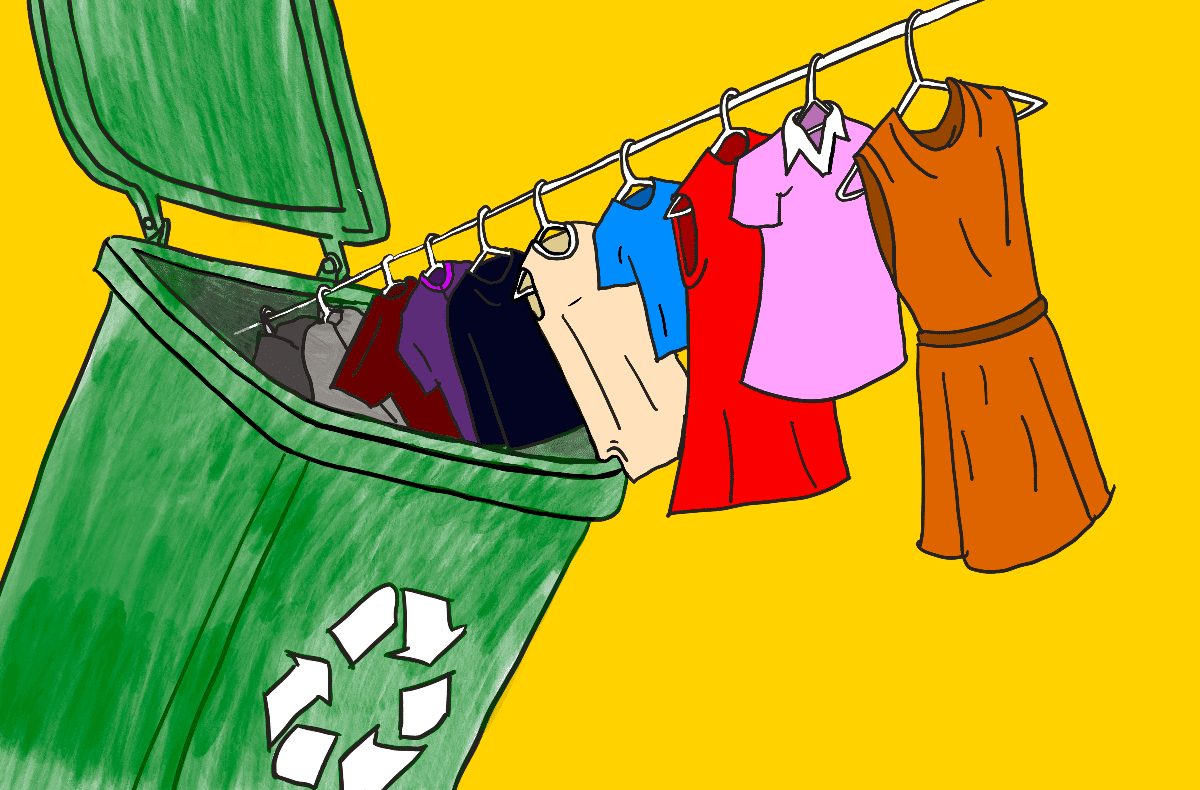
Microfiber Pollution:
The International Union for Conservation of Nature (IUCN) notes that microfiber pollution is a growing concern with potential impacts on marine life [6].
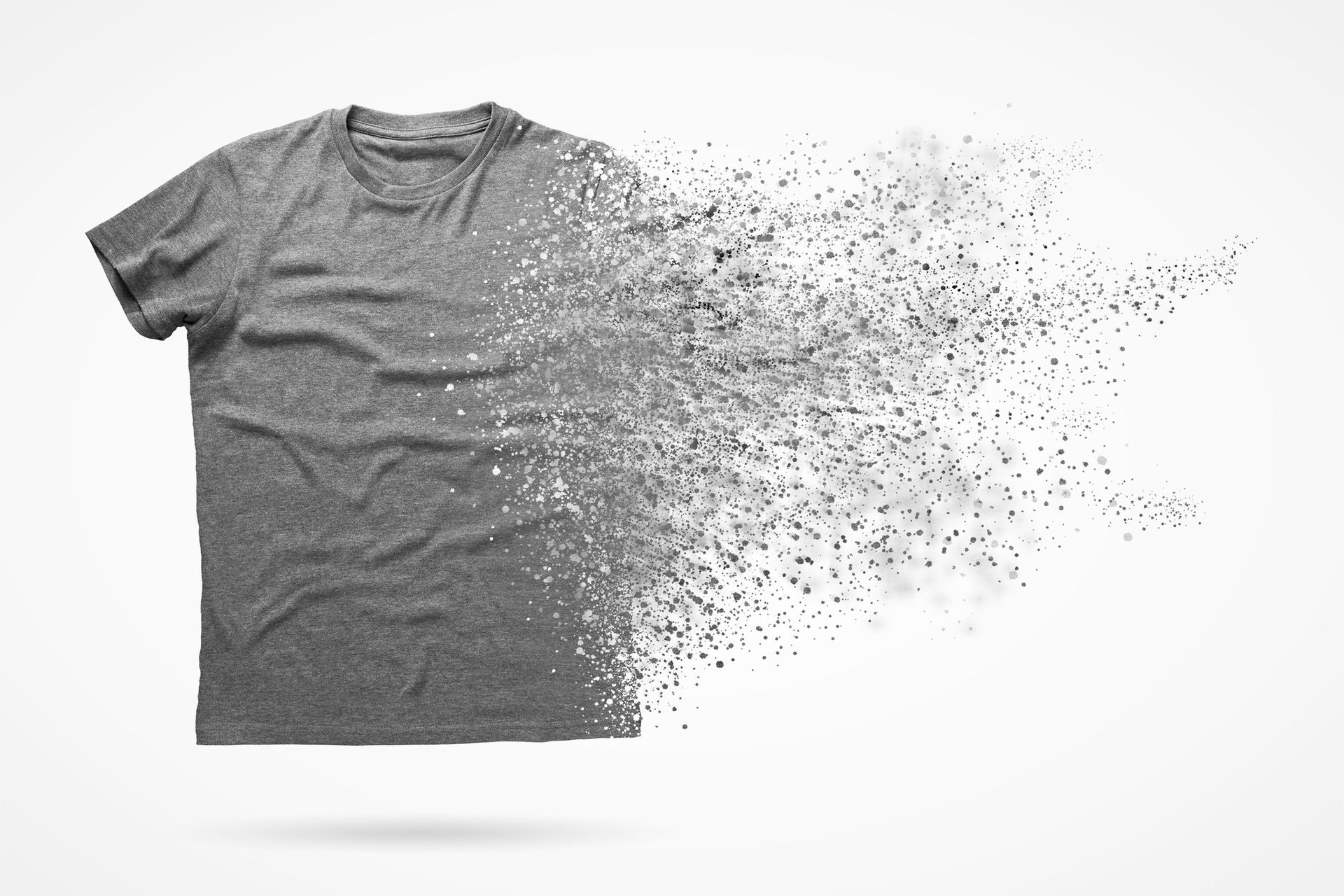
What Can You Do to Help?
In the face of these challenges, individuals can play a crucial role in promoting a more sustainable and ethical fashion industry. Here are some actionable steps:
Support Ethical and Sustainable Brands:
Seek out and support brands that prioritize ethical practices, transparency, and sustainability in their production processes. Brands like Hokua Swim, which emphasize handmade, small-batch production, offer an alternative to mass-produced, environmentally harmful fashion.

Buy Less, Choose Quality:
Shift away from the fast fashion mindset of constant consumption. Invest in timeless, high-quality pieces that are durable and have a longer lifespan. This not only reduces your environmental footprint but also supports a more sustainable approach to fashion.
Explore Secondhand and Vintage:
Embrace the concept of "thrifting" by shopping at secondhand stores or online platforms. Buying pre-loved items extends the lifecycle of clothing and reduces the demand for new production.
Educate Yourself and Others:
Stay informed about the impact of fast fashion and share this knowledge with others. Raise awareness about the environmental and social consequences of the industry, encouraging more conscious consumer choices.
Participate in Clothing Swaps:
Organize or participate in clothing swap events within your community. This not only promotes sustainable fashion but also fosters a sense of community engagement.
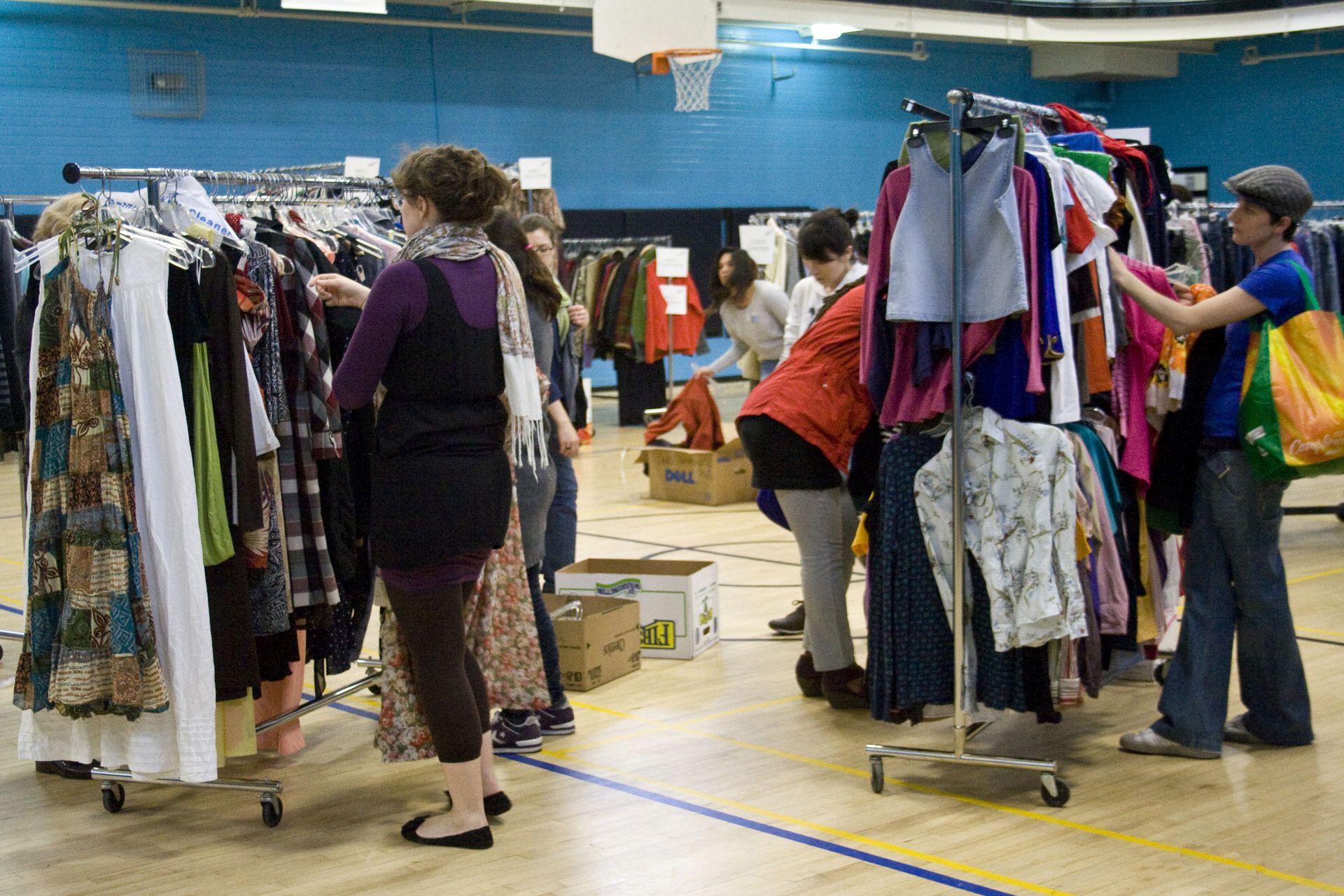
Demand Transparency:
Advocate for transparency in the fashion industry. Support initiatives and campaigns that call for clear information about supply chain practices, fair wages, and ethical standards.
DIY and Upcycling:
Explore do-it-yourself (DIY) projects and upcycling to breathe new life into old garments. Get creative with redesigning and repurposing items instead of discarding them.

By taking these steps, individuals can contribute to a positive shift in the fashion industry, promoting sustainability, ethical practices, and a more mindful approach to clothing consumption.
Conclusion
The allure of affordable and trendy clothing in fast fashion comes at a steep price, affecting the environment, human rights, and public health. As consumers, we have the power to drive change by making informed choices, supporting sustainable and ethical brands, and advocating for a more responsible and transparent fashion industry.
By addressing these issues and actively participating in sustainable practices, we can collectively work towards a fashion landscape that values longevity, fairness, and environmental stewardship over the fleeting trends of the moment. It's time to redefine our relationship with fashion and prioritize a more sustainable and ethical approach to clothing consumption.
References
[1] World Bank. (2019). "What a Waste 2.0: A Global Snapshot of Solid Waste Management to 2050." Retrieved from https://openknowledge.worldbank.org/handle/10986/30317
[2] Ellen MacArthur Foundation. (2017). "A New Textiles Economy: Redesigning Fashion's Future." Retrieved from https://www.ellenmacarthurfoundation.org/assets/downloads/A-New-Textiles-Economy_Full-Report_Updated_1-12-17.pdf
[3] Fashion Revolution. (2020). "Fashion Revolution Index 2020." Retrieved from https://www.fashionrevolution.org/about/transparency/fashion-revolution-index/
[4] UNICEF. (2021). "Child Labour: Global estimates 2020, trends and the road forward." Retrieved from https://www.unicef.org/reports/child-labour-global-estimates-2020
[5] U.S. Environmental Protection Agency (EPA). (2021). "Advancing Sustainable Materials Management: Facts and Figures 2018." Retrieved from https://www.epa.gov/sites/default/files/2018-07/documents/2018_smmfactsheet_508.pdf
[6] International Union for Conservation of Nature (IUCN). (2017). "Primary Microplastics in the Oceans: A Global Evaluation of Sources." Retrieved from https://www.iucn.org/resources/issues-briefs/primary-microplastics-oceans
[7] World Health Organization (WHO). (2012). "Environmental Health Criteria 240: Principles and Methods for the Risk Assessment of Chemicals in Food." Retrieved from https://www.who.int/publications/i/item/9789241572408